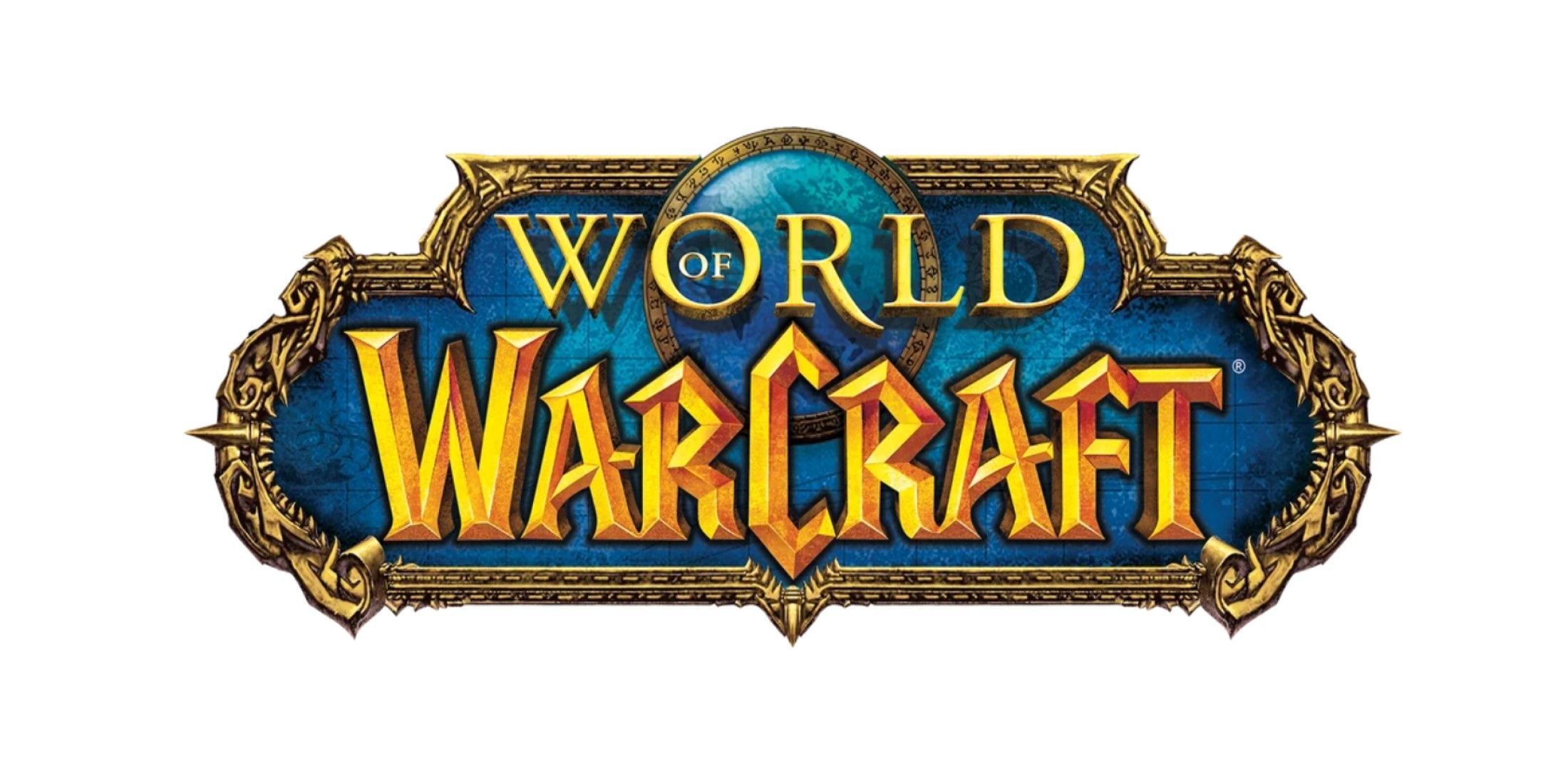
In-game trading has long been a cornerstone of World of Warcraft (WoW), one of the most popular MMORPGs in history. This system allows players to exchange goods, services and currency in the game's large virtual world, adding a level of economic interaction that enriches gameplay. We will examine the mechanisms, strategies and implications of in-game trading in World of Warcraft, exploring how it affects player interaction and the game's virtual economy.
Understanding the mechanisms of trading in the game
In-game trading in World of Warcraft works through various mechanisms designed to facilitate exchanges between players. The main methods include direct trade, auction house and mail order transactions. Direct trading allows players to exchange items and gold instantly if both parties are in the same location. The Auction House provides a more formal marketplace where players can list goods for sale, set prices and bid on items, creating a dynamic economy driven by supply and demand.
The role of the auction house
The Auction House is the central hub of in-game trading in WoW, serving as a virtual marketplace where players can buy and sell items. It works with a bidding system where players can put items up for sale at set prices or open them up for bidding. The economy of an auction house is affected by various factors, including the rarity of items, the number of servers, and player demand. Players often use the Auction House to offload excess items, purchase rare equipment, or complete crafting materials needed for quests and professions.
Direct trade and its advantages
Direct trading between players is one of the easiest methods of trading in the game. This allows you to exchange items and gold instantly when both players are nearby. This method is especially useful for trading rare items or completing transactions that require immediate confirmation. Direct trading facilitates interaction between players and can also be used for social activities such as gifting items or organizing trades in guilds and groups.
Economic impact of in-game trading
In-game trading has a significant impact on the World of Warcraft economy, affecting the value of items and player wealth. The availability and prices of items on the Auction House can fluctuate based on supply and demand, affecting how players accumulate and spend their gold. In addition, in-game trading encourages economic activity by creating opportunities for players to specialize in professions, craft items, and engage in market strategies. This dynamic helps support a dynamic and growing in-game economy.
Risks and challenges of in-game trading
While in-game trading offers numerous benefits, it also comes with risks and challenges. One significant risk is the possibility of fraud or fraud, where players may attempt to exploit others through fraud. Blizzard Entertainment has implemented various security measures to reduce these risks, such as trade verification and reporting systems. Additionally, fluctuations in the virtual economy and changes in game mechanics can affect players' trading practices and strategies.
Future trends and development
The future of in-game trading in World of Warcraft will likely be shaped by current developments and technological advances. Innovations such as enhanced trading interfaces, enhanced auction house functions and integration with external trading platforms can further enhance the trading experience. Additionally, player feedback and changing game dynamics will continue to influence how trading is implemented and managed in-game. As WoW continues to evolve, in-game trading will continue to be a central aspect of the game's economy and player interaction.
You can find out what other benefits players can get from this game here: https://ragezone.com/2024/06/11/how-world-of-warcraft-players-can-benefit-from-virtual- gambling/
In-game trade between players in World of Warcraft is a fundamental aspect of the game's economy and player interaction. Through mechanisms such as the Auction House and Direct Trade, players can exchange goods, services and currency, enriching their gaming experience and contributing to a dynamic virtual economy. While there are risks and challenges associated with trading, ongoing developments and improvements will continue to shape its future. When players participate in trading, they contribute to the vibrant and ever-evolving world of World of Warcraft, making it a cornerstone of the game's continued success.
More: https://morevoucher.co.uk/js/pages/1kasinoklubbkortsystemet-en-omfattande-guide.html






